pod borer Learn more about pod borer
-
Mung bean pest: wild bean borer
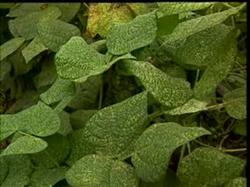
(1) the damage condition is also known as cowpea pod borer, pod wild borer, cowpea borer. It is widely distributed in China, and it occurs seriously in the south of the Yangtze River. The larvae eat the host flower organs, causing falling flowers; eating pods, causing pods to fall in the early stage, and causing pods and seeds to rot in the later stage. In addition, it can also spin silk to curl several leaves together.
2018-09-11 -
Occurrence and control of sesame pod borer

Sesame pod borer is one of the main pests of sesame. Mainly harmful to sesame seeds. Generally occurs in Henan, Hubei, Anhui, Jiangxi and other major sesame producing areas, generally reduce production by 10% to 20%, serious up to 30%, resulting in a significant decline in the quality of sesame. In view of the situation, recognize
2020-11-08 Species sesame pod borer occurrence and control -
What is the sesame pod borer?
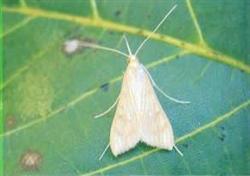
What is the sesame pod borer? Please introduce that sesame pod borer is one of the main pests of sesame. Mainly harmful to sesame seeds. Generally occurs in Henan, Hubei, Anhui, Jiangxi and other major sesame producing areas, generally reduce production by 10% to 20%, serious up to 30%, resulting in a significant decline in the quality of sesame. In view of the occurrence of the situation, carefully study.
2018-07-19 -
The latest control measures of kidney bean borer

The kidney bean borer, also known as cowpea borer, is the most common disease in the growth process of kidney beans. Because of its fast reproduction and wide area, it is difficult to kill it completely. In order to help you better control this pest, the following small series brings you kidney bean borer
2020-11-10 latest four seasons beans borers control measures -
Prevention and control measures of heart borer of string bean
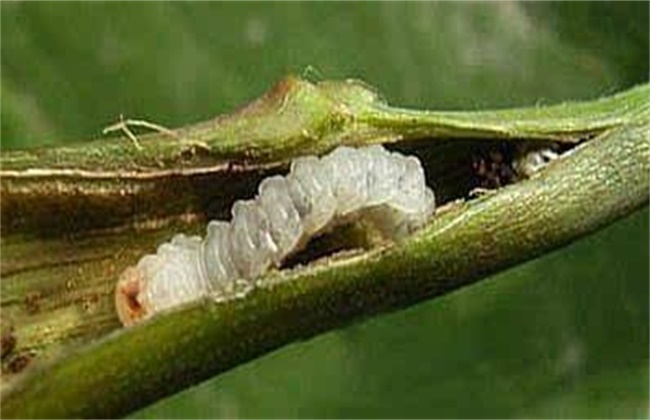
Prevention and control measures of heart borer of string bean
2019-07-02 -
The harm of soybean heart borer and its control techniques
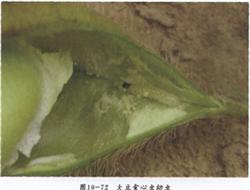
Soybean heart borer belongs to phosphoptera, small leaf moth family, alias soybean pod moth, bean pod worm, small red worm. When the larvae eat harmful beans into pods, the annual insect feeding rate is about 10%, and in severe cases, it can reach 30%, up to 80%, and affect the quality of soybeans and lower the grade. When the soybean heart borer comes out in the field.
2018-09-12 -
Planting beans should be high yield and heavy weight to prevent borers
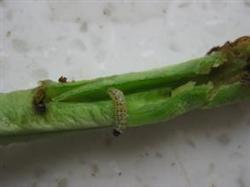
The adults lay eggs on the tender leaves of the plants. After 5~7 days, the hatched larvae eat into the pods and feed on beans. It is difficult to kill the larvae above 3 instars by spraying after they drill into the pods. Therefore, the control of this insect should strengthen the management of fertilizer and water, ensure that the growth is neat, the flowering and pod setting period is relatively concentrated, so as to gather at the critical period.
2018-09-14 -
Soybean cultivation: what is soybean heart-eating insect? How to prevent and cure
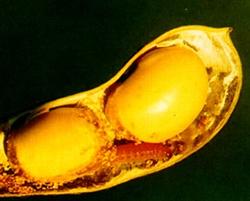
What is a soybean heart borer? How to prevent and cure it? Please introduce the soybean heart borer, also known as the small red worm, which belongs to the family Lepidoptera, commonly known as soybean pod moth. Soybean heart borer larvae are divided into 4 instar, yellowish at first birth, milky white after peeling into pods, 8 mm in length at the end of larvae, and red after maturity.
2018-07-18 -
When to control soybean heart-eating insects?
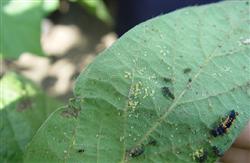
When to control soybean heart-eating insects? Please introduce that soybean heart borer is the main pest in soybean production, with a feeding rate of 5% to 10% in general years and as high as 30% to 60% in severe years. The damaged beans not only reduce the yield, but also deteriorate the quality. Master the control period and method of soybean heart borer, but.
2018-07-18 -
How to control bean drill beetle?
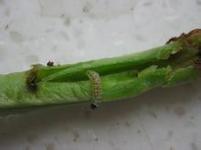
Bean borer, also known as cowpea borer, is one of the main pests of beans. Cowpea borer adults are scattered and hidden, fly to lay eggs in a wide range, lay a large number of eggs, it is not easy to spray or trap. The adults lay eggs in the tender leaves of the plant, and about 5 Murray hatched for 7 days and then ate into the pods to feed on the beans. The 3rd instar larvae were drilled into the pods and sprayed.
2018-09-15 -
How to prevent and cure the bean borer?
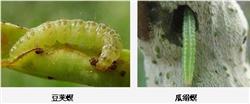
How to prevent and cure the bean borer? Please introduce the bean borer, also known as cowpea borer, which is one of the main pests of beans. Cowpea borer adults are scattered and concealed, with a large range of eggs and a large number of eggs, so it is not easy to spray or trap. Control methods: first, the soil should be treated with insecticidal treatment before sowing, and its medicament should be.
2018-09-10 -
How to prevent and cure the heart bug by planting beans?
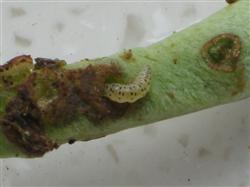
How to prevent and cure the heart bug by planting beans? Please introduce the method of bean borer, also known as cowpea borer, is one of the main pests of beans. Cowpea borer adults are scattered and hidden, fly to lay eggs in a wide range, lay a large number of eggs, it is not easy to spray or trap. The adults lay eggs in the tender leaves of the plant, and after about 5 mi mi hatched for 7 days, the worms entered.
2018-07-19 -
The causes of cowpea falling at home and its control methods

The causes of cowpea falling at home and its control methods
2018-07-14 -
Comprehensive management of flowering and podding stage of soybean

Soybean enters the flowering and podding stage, during which vegetative growth and reproductive growth go hand in hand, which requires sufficient water, fertilizer and light conditions. In cultivation measures, the coordination of vegetative growth and reproductive growth should be achieved to achieve more pods and seeds. The main measures should be as follows-ldquo; three prevention-rdquo; and strengthen the management of seed filling and mature stage. & ldquo; three prevention & rdquo; measures at flowering and podding stage (1) prevent prosperous growth: when soybean has seen 2 bolts bloom, use 15% paclobutrazol wettable powder 30 grams per mu, 40 kg to water, spray seal
2019-01-16 -
Common diseases and insect pests of soybean and their control techniques

Common diseases and insect pests of soybean and their control techniques
2018-07-25 -
Planting time and method of long bean

The planting time of long bean is from February to March in spring, from May to August in summer and from August to October in autumn. Long bean planting method: choose more fertile soil to plant, sprinkle appropriate amount of fertilizer during soil preparation, can be sown by hole sowing and sowing, need before flowering
2020-11-08 Long bean planting time and method abstract long bean of -
Ginkgo tree planting: what are ginkgo tree diseases and insect pests?

What are the diseases and insect pests of ginkgo trees? What method is used to control ginkgo tree diseases and insect pests? Please introduce the common diseases and pests of ginkgo trees, such as ginkgo stem rot, mildew, leaf blight, dry disease, ginkgo silkworm moth, peach borer, withered leaf moth, ginkgo super-small leaf roll moth, pod borer, tea yellow thrips and so on. Detailed prevention and control methods can be referred to.
2018-07-17 -
How to improve the effect of insecticides?

It is another pest-prone period of the year. What should we pay attention to when spraying pesticides? In order to achieve the best insecticidal effect in the use of pesticides to control crop pests, in addition to the correct selection and appropriate use of pesticides, special attention should be paid to the following two problems that are easy to be ignored. First, according to the characteristics of the climate and the day and night activity of pests.
2018-07-15 -
Suinong 14 (soybean)

This variety is a new mid-maturing spring soybean variety bred by Suihua Institute of Agricultural Sciences, Heilongjiang Academy of Agricultural Sciences, using Hefeng 25 / Suinong 8 as material. The growth days of Suinong 14 were about 120 days, and the active accumulated temperature was about 2486 ℃. Sub-limited podding habits, high and high plants, few branches, dense pods on the main stem, purple flowers, long leaves, thick green leaves, gray hairs. The internodes are short, the pods are dense, and there are more than 3 or 4 grains. The seed is round, the seed coat is bright yellow, the navel is colorless, and the weight of 100 seeds is 21g to 22g.
2019-01-16 -
Causes and control methods of flower bud shedding of four-rowed bean
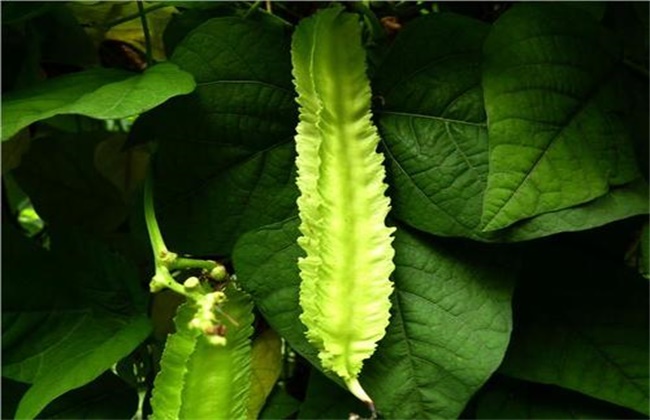
Causes and control methods of flower bud shedding of four-rowed bean
2019-08-20
